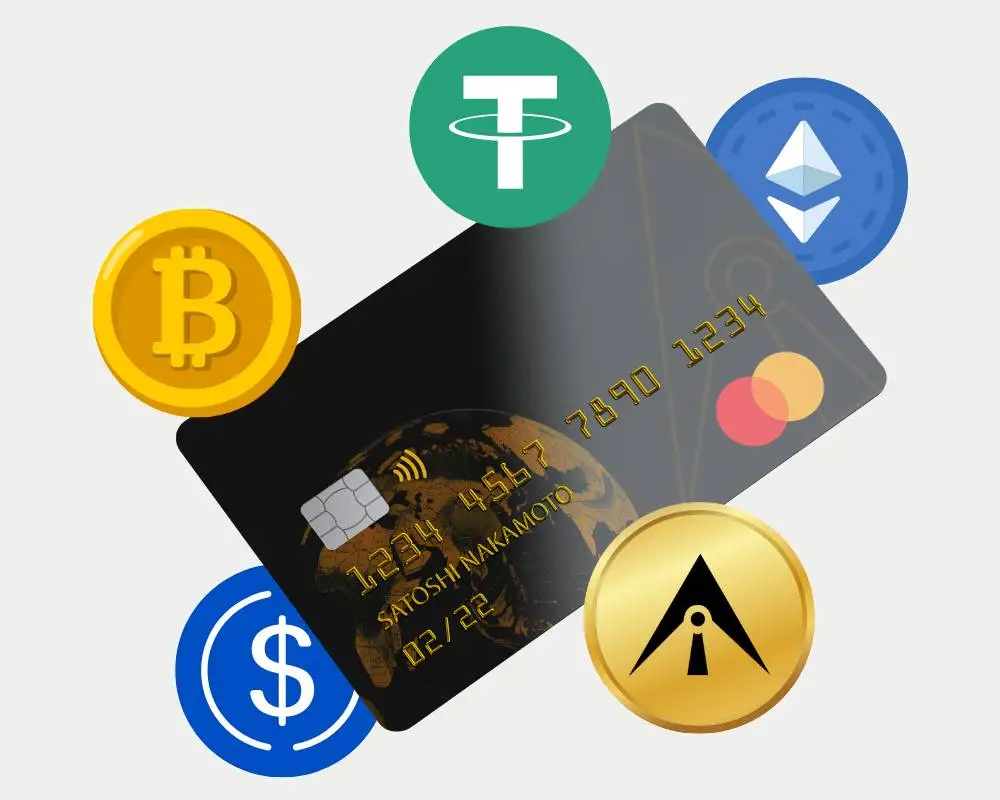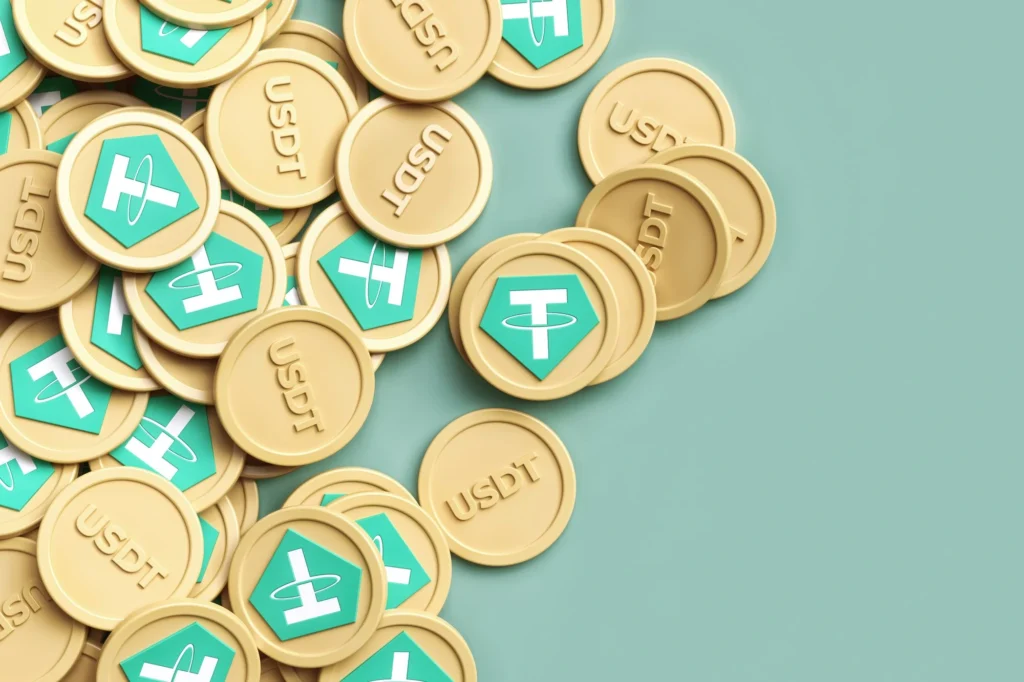Breaking Down USDT Daily Spending: Can Stablecoins Really Buy You Lunch?
March 10, 2025

Understanding USDT Daily Spending in Practical Terms
USDT daily spending is no longer just a futuristic concept. With increasing merchant adoption, evolving payment infrastructure, and the growing popularity of stablecoins, using USDT (Tether) for real-world purchases—like lunch—is slowly becoming feasible.
This article breaks down the mechanics, platforms, limitations, and potential of using USDT in everyday spending scenarios. Whether you’re a crypto-savvy consumer or just curious about digital payments, this is your guide.
How USDT Works as a Spendable Asset

Tether (USDT) is a stablecoin pegged to the U.S. dollar, designed to maintain a near-constant value of $1. It runs on multiple blockchains (Ethereum, Tron, etc.), which enables fast and low-cost transactions—at least in theory.
From a usability standpoint, USDT’s price stability gives it an advantage over volatile cryptocurrencies like Bitcoin. It makes more sense to spend a digital dollar than one that might drop 10% in value by dinnertime.
But spending USDT outside of crypto exchanges still requires infrastructure—namely, payment processors, wallets, and merchant integration.
Technical Pathways to Spend USDT on Lunch


Let’s map out how someone can actually spend USDT in a retail or food setting:
- Crypto Payment Gateways:
Platforms like BitPay, Binance Pay, and NOWPayments allow businesses to accept USDT either directly or via conversion to fiat. Some restaurants, especially in crypto-friendly regions, use these tools at the point of sale. - Crypto Debit Cards:
Services such as Crypto.com Visa, Binance Card, or Wirex let you load your USDT and spend it wherever Visa or Mastercard is accepted. The USDT is converted automatically during the transaction. - Digital Gift Cards:
Websites like Bitrefill and Coinsbee allow users to purchase gift cards with USDT. You can buy prepaid cards for food delivery services, cafés, or fast food chains. - Peer-to-Peer Transfers:
In some local contexts, individuals or vendors may accept USDT directly via wallet-to-wallet transfer. This is more common in crypto-heavy cities or among communities used to blockchain tech.
The Limitations: Friction, Fees, and Familiarity

While the technology exists, USDT daily spending still faces barriers:
- Transaction Fees: Depending on the blockchain used, transfer fees can range from negligible (TRC-20) to several dollars (ERC-20 during congestion).
- User Experience: Some wallets and platforms have clunky UX/UI, making the process slow or intimidating for first-timers.
- Merchant Support: Most merchants do not yet accept USDT directly. Adoption is higher online than in physical stores.
- Legal Uncertainty: Regulatory status of stablecoins varies across countries. This affects merchant willingness and platform availability.
In practical terms, spending $7 worth of USDT on lunch could involve jumping through multiple steps, depending on where you are and which platform you’re using.
Where Can You Actually Use USDT Today?

Adoption varies widely by region. Here are a few real-world examples:
- Miami & Dubai: Some restaurants and cafés accept crypto directly or via Binance Pay.
- Southeast Asia: Informal peer-to-peer commerce in USDT is common in places like Vietnam and the Philippines.
- Europe & US: Crypto cards make it easier to use USDT, even where direct acceptance is rare.
- Online Platforms: Gift cards, food delivery apps (in limited regions), and even takeaway services are starting to experiment with USDT integration.
These examples show that USDT daily spending is not just theoretical—it’s happening, although unevenly.
Conclusion: Is USDT Daily Spending Ready for the Mainstream?

Technically, yes. Practically, it depends.
Spending USDT on lunch or other daily items is entirely possible—especially if you’re in the right location with the right tools. But the process isn’t as seamless as tapping your phone or swiping a credit card.
Still, it’s a notable milestone. The fact that you can buy a sandwich with a stablecoin—without converting to fiat first—is a big leap from even a few years ago.
As infrastructure improves and merchants grow more comfortable with crypto, USDT daily spending could move from niche experiment to mainstream option. For now, it’s a promising tool with room to grow—and yes, it might just cover your next lunch break.
Relevent news: Here

